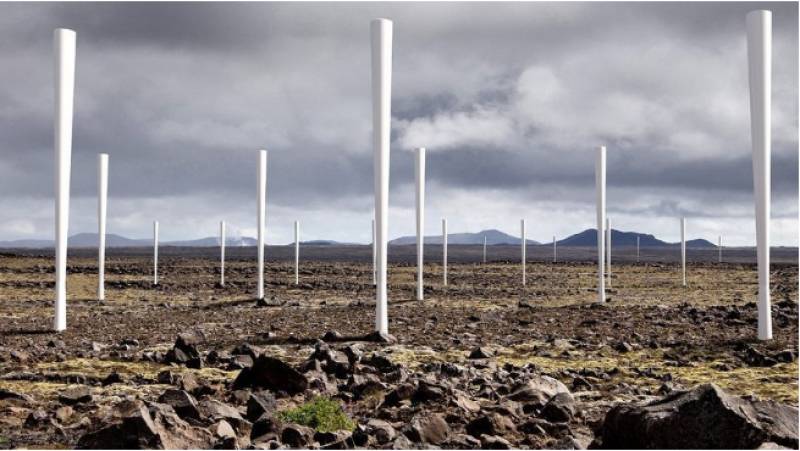Spanish company develops first bladeless wind turbines
The new wind turbines could revolutionise sustainable energy generation

Wind energy is one of the most powerful alternatives in the global fight against climate change, and Spain now uses more environmentally-friendly methods of generating electricity than ever before. Wind farms have their drawbacks, however, key among them being the threat to native, endangered birds, thousands of which are killed by the spinning blades every year.
To this end, Spanish company ‘Vortex’ has come up with a viable solution: windmills without the dangerous blades. This might sound like an impossible feat, but the new equipment actually has an energy conversion rate of 40% compared to the 49% seen with regular mills.
“We are still far from achieving such perfect efficiencies, and it is a consequence of the fact that traditional wind power has been perfected over 60-80 years whereas we have been doing it for 10,” Jorge Piñero, from the marketing department of Vortex, explained.
So popular are the new wildlife-friendly windmills that the SEO/BirdLife headquarters in Madrid has already started installing them.
To convert wind to a useable power source, rather than using the blades, the new mills have masts that oscillate slightly in the breeze to generate electrical energy. And the fact that they are far smaller than conventional windmills means that they can be installed in tighter spaces, even in urban areas. In addition, they interfere less with radio signals than other renewable energy alternatives, so they can be placed in airports or military bases.
“They have a carbon fibre bar that can swing for years at a time without needing to be replaced. And, since there are no moving parts, you don’t need oil or to change gears or gearboxes,” Piñero added.
Vortex is busy developing windmills of all sizes to provide a huge range of functions, from powering traffic signals which use a vast amount of energy, to bigger systems that can be installed safely on the roofs of houses and other buildings. The largest models will be designed more for rural or industrial environments.
Even with all this work going on behind the scenes, Piñero explained that there are still several years left for this option to become commercially viable. “We’ve been around for more than nine years, but these projects usually take about 15 or 20 years until you reach commercial viability,’ he concluded.
Image: Vortex
Loading
Sign up for the Spanish News Today Editors Roundup Weekly Bulletin and get an email with all the week’s news straight to your inbox
Special offer: Subscribe now for 25% off (36.95 euros for 48 Bulletins)
OR
you can sign up to our FREE weekly roundup!
Read some of our recent bulletins:
Discount Special Offer subscription:
36.95€ for 48 Editor’s Weekly News Roundup bulletins!
Please CLICK THE BUTTON to subscribe.
(List price 3 months 12 Bulletins)
Read more stories from around Spain:
Contact Spanish News Today: Editorial 966 260 896 /
Office 968 018 268




























